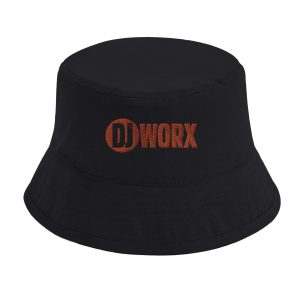DJWORX store
Welcome to the DJWORX store. The only place you can buy our merchandise. More items are getting added al the time, so check back regularly.
Showing 1–23 of 27 results
DJ WORX Bucket Hat
$34.00 including VATDJ WORX List T-shirt
$26.00 including VATDJWORX decks iPhone Tough case
$22.00 including VATDJWORX Drum and Bass
$26.00 – $36.00 including VATDJWORX Hardcore Logo
$26.00 – $36.00 including VATDJWORX Hoodie
$44.00 including VATDJWORX iPhone Tough case
$21.00 including VATDJWORX Leeds Class of 89 T-shirt
$26.00 including VATDJWORX Leeds Longsleeve T-shirt
$27.00 including VATDJWORX Leeds T-shirt
$26.00 including VATDJWORX Logo Baseball hat
$26.00 including VATDJWORX Logo Cap
$38.00 including VATDJWORX logo embroidered T-shirt
$21.00 including VATDJWORX Logo Organic Cap
$37.00 including VATDJWORX logo printed Heavyweight Unisex Crewneck T-shirt
$26.00 including VATDJWORX Logo Tote Bag
$21.00 including VATDJWORX Logo White 11oz Ceramic Mug
$18.00 including VATDJWORX Logo White 12oz Enamel Mug
$21.00 including VATDJWORX Logo White 15oz Stainless Steel Travel Mug
$29.00 including VATDJWORX Logo White 17oz Stainless Steel Water Bottle
$32.00 including VATDJWORX Logo White Latte 17oz Ceramic Mug
$24.00 including VATDJWORX Manchester T-shirt
$29.00 including VATDJWORX Nirvana T Shirt
$26.00 – $29.00 including VAT














































